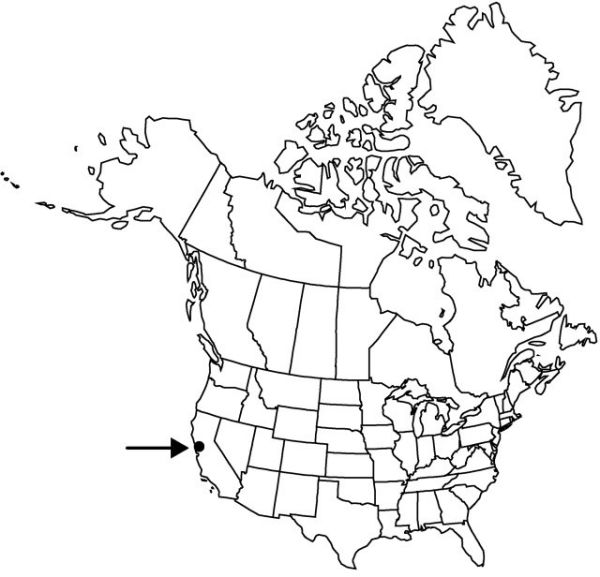Difference between revisions of "Fritillaria biflora var. ineziana"
Fl. Calif. 1: 306. 1921.
Endemic
Treatment appears in FNA Volume 26. Treatment on page 168.
imported>Volume Importer |
imported>Volume Importer |
||
| Line 50: | Line 50: | ||
|publication year=1921 | |publication year=1921 | ||
|special status=Endemic | |special status=Endemic | ||
| − | |source xml=https:// | + | |source xml=https://bitbucket.org/aafc-mbb/fna-data-curation/src/2e0870ddd59836b60bcf96646a41e87ea5a5943a/coarse_grained_fna_xml/V26/V26_284.xml |
|genus=Fritillaria | |genus=Fritillaria | ||
|species=Fritillaria biflora | |species=Fritillaria biflora | ||
Latest revision as of 21:14, 5 November 2020
Leaves 3–6 mm wide; blade linear to narrowly lanceolate. Flowers 1.5–2 cm, odor unpleasant.
Phenology: Flowering Mar.
Habitat: Probably on serpentine
Elevation: 0–200 m
Discussion
This variety is a narrow endemic found only in the Hillsborough area of San Mateo County. It is considered rare and endangered in California.
Selected References
None.
Lower Taxa
None.
